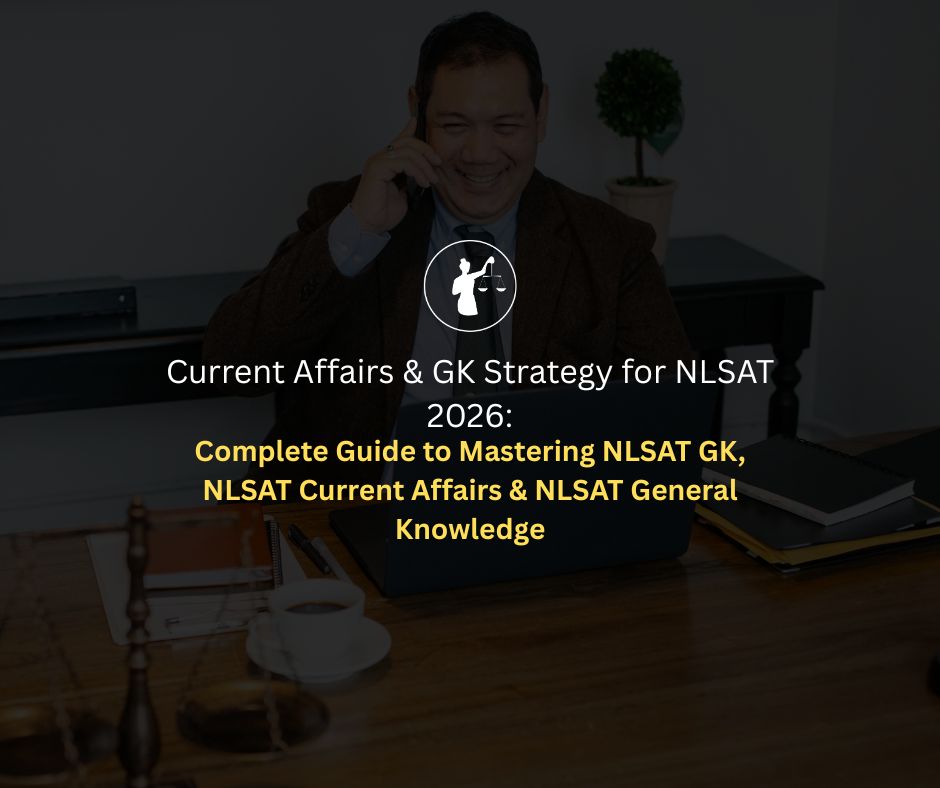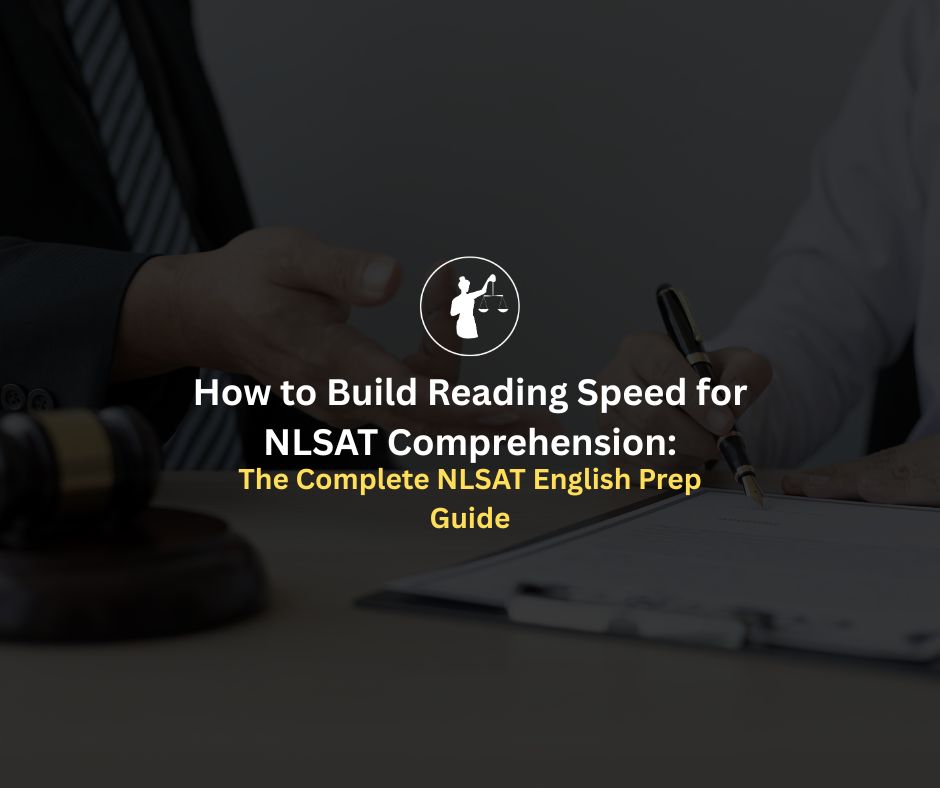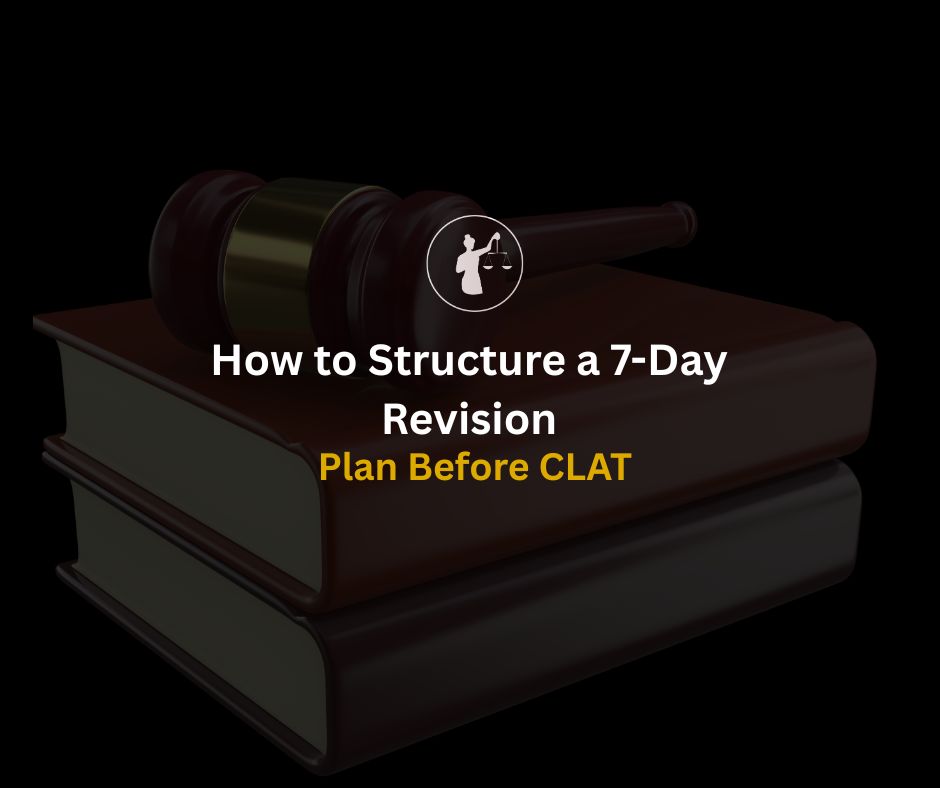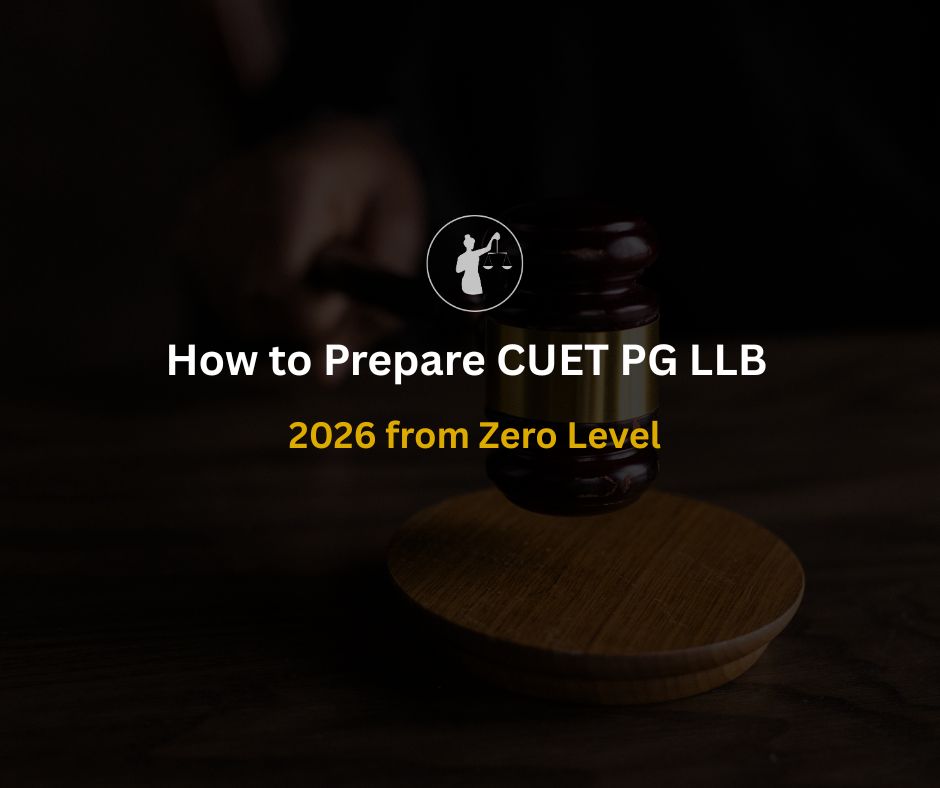
There’s skimming—and then there’s strategic skimming.
CLAT aspirants are often told to “read fast” or “don’t waste time on every word.” But if that advice worked in isolation, everyone would be acing the English section. The real secret? Toppers don’t skim aimlessly. They skim with intent—and with a mental map of the passage in mind.
Not Just Speed—It’s Structure
Skimming doesn’t mean racing through the passage. It means identifying which parts carry the argument and which parts are just supporting details. The goal isn't to read less—it’s to read selectively, with better attention to structure than surface-level content.
Here’s how top performers break it down:
First lines of paragraphs = Signposts. These are rarely skipped. They often introduce the function of the paragraph—whether it adds evidence, introduces a counterpoint, or shifts tone.
Contrast words = Turning points. Words like however, yet, although, but often mark a shift in direction. These are red flags in the best way possible.
Technical terms = Skim unless questioned. Names, data, or examples are rarely important unless directly asked about. Instead of memorizing them, note their location for easy return later.
Here’s an often overlooked truth: toppers don’t aim to understand the full passage on the first go. They aim to locate the intellectual battlefield.
Think of the initial read as a survey—not a deep dive. The idea is to spot where the author builds arguments, introduces criticism, or resolves conflicts. Once that map is formed, navigating any question becomes significantly easier.
Anchoring: The Technique That Actually Saves Time
One of the most effective habits developed by top scorers is anchoring. This means mentally tagging sections of the passage—not with memorized content, but with functional summaries.
For example:
> “While traditional economists supported trickle-down theories, thinkers like Piketty disagree.”
Rather than remembering specifics, efficient readers simply note: “Para 2 = contrast between old and new theories.” If a question references Piketty, the mind knows exactly where to return.
Spot the Gaps—They Matter Most
A subtle skill that sets apart high scorers is the ability to notice what’s missing.
If a passage passionately defends AI but briefly hints at ethical concerns without exploring them, there’s a good chance a question will probe that gap. Over time, students who consistently train on RCs begin to sense where such vulnerabilities lie—and prepare to exploit them.
Never Skim the Question
Ironically, many aspirants carefully skim the passage but rush through the question stem. That’s a costly mistake.
Toppers do the opposite—they slow down while reading the question. Every word matters—especially critical modifiers like “NOT,” “EXCEPT,” or “MOST LIKELY.” Misreading the stem leads to misdirected anchoring and incorrect options.
One of the most underused resources when it comes to skimming mastery is the past year CLAT papers. Most students treat them like just another mock—but they’re actually an excellent training ground for structural reading.
Here’s how to use them intentionally:
1. Read Like a Mapper, Not a Solver
Start with a past RC passage, but instead of solving the questions, read the passage with a “mental anchoring” lens. After each paragraph, pause and ask:
What was the purpose of this paragraph?
Did it add a new argument, contrast an old one, or provide an example?
Where would the author’s central shift in tone or stance be?
Jot these down quickly—not full summaries, just labels like “Para 2 = rebuttal of mainstream view.”
2. Predict the Type of Questions
Before even reading the actual questions, try predicting:
Where a main idea or tone-based question might come from.
Which paragraph would likely be the source for an “inference” question.
Which example the examiner might use to confuse students.
This builds predictive intuition—something most toppers have, and most average test-takers don’t.
3. Compare Your Map with the Real Questions
Now solve the actual questions. See where your mental anchoring helped—and where it didn’t. Ask:
Did I overlook a shift in tone that the question caught?
Did I mislabel a paragraph’s function?
Was I too focused on content and not on structural role?
This kind of active comparison between your expectations and the real test design sharpens both skimming efficiency and RC instincts.
4. Repeat With Varied Difficulty Levels
The beauty of past year papers is the variety of RCs—some narrative-heavy, others argumentative or abstract. Training on this diversity helps develop adaptive skimming, where you instinctively change your approach depending on whether the passage is factual, critical, or philosophical.
If you’re stuck between 60–70 in mocks, it’s rarely about knowing less. It’s about reading differently. RC rewards those who read with structure—not speed.
At NLTI, that shift is built into the way mocks, explanations, and mentorship work. Topper mentors don’t just tell you what the right answer is—they break down how to think while reading. You learn where to slow down, what to ignore, and how to spot the trap words before they trap you.
It’s not just about solving more—it’s about solving smarter. And often, that starts with how you read the very first line.





